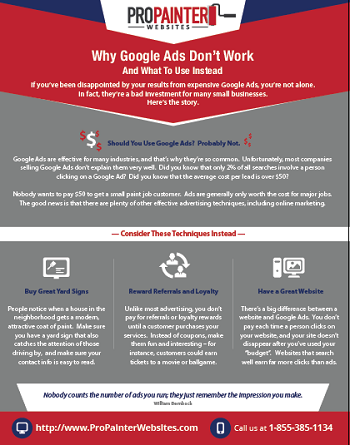Recognizing Seasonal Influences On Commercial Exterior Painting: Necessary Expertise For Success
Recognizing Seasonal Influences On Commercial Exterior Painting: Necessary Expertise For Success
Blog Article
Content Writer-Regan Rodriquez
When you're preparing a commercial external painting job, seasonal variables can make or damage your results. You'll want to think about just how temperature level and humidity influence paint application and drying times. Selecting the ideal season can guarantee your paint sticks properly and lasts longer. But which seasons are absolutely the very best for this type of work? Let's discover exterior doors tulsa that can impact your project's success.
The Impact of Temperature on Paint Application
When you're intending a business external painting project, the temperature can significantly affect how well the paint adheres and dries.
Ideally, you wish to paint when temperatures vary between 50 ° F and 85 ° F. If it's also cold, the paint may not cure appropriately, causing issues like peeling off or fracturing.
On facility painitng , if it's as well hot, the paint can dry out as well promptly, preventing correct attachment and causing an uneven surface.
You must likewise think about the moment of day; morning or late afternoon supplies cooler temperature levels, which can be more desirable.
Always check the producer's suggestions for the details paint you're utilizing, as they commonly provide support on the perfect temperature range for ideal results.
Moisture and Its Result on Drying Times
Temperature isn't the only environmental variable that affects your industrial external painting project; moisture plays a considerable function too. house exterior service in tulsa can decrease drying out times dramatically, influencing the general top quality of your paint task.
When the air is saturated with wetness, the paint takes longer to cure, which can cause concerns like inadequate bond and a higher danger of mildew development. If you're painting on a particularly damp day, be gotten ready for prolonged wait times between coats.
It's crucial to monitor local weather conditions and strategy accordingly. Preferably, aim for moisture levels in between 40% and 70% for ideal drying.
Keeping these factors in mind ensures your job stays on track and supplies a long-term finish.
Best Seasons for Commercial Exterior Paint Projects
What's the most effective time of year for your commercial exterior paint jobs?
Springtime and very early autumn are usually your best choices. Throughout these periods, temperature levels are light, and moisture levels are usually reduced, developing ideal problems for paint application and drying.
Prevent summertime's intense heat, which can create paint to completely dry too promptly, resulting in poor adhesion and finish. Similarly, wintertime's cool temperatures can hinder appropriate drying and treating, risking the long life of your paint job.
Go for days with temperature levels between 50 ° F and 85 ° F for optimal outcomes. Keep in mind to examine the local weather prediction for rain, as damp conditions can ruin your job.
Planning around these aspects guarantees your painting task runs efficiently and lasts much longer.
Verdict
Finally, planning your industrial external painting tasks around seasonal factors to consider can make a considerable distinction in the result. By scheduling work throughout the suitable temperature levels and humidity levels, you'll ensure much better adhesion and drying out times. Keep in mind to keep an eye on local weather report and pick the right time of year-- spring and very early loss are your best options. Taking these actions will aid you attain a long lasting and professional surface that lasts.
